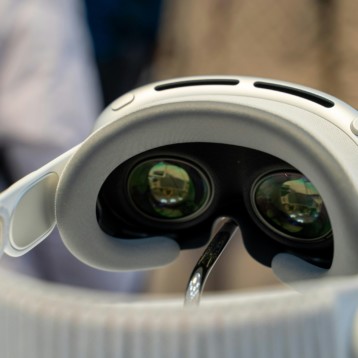The knee brace works in a similar way to regenerative braking systems, which collect the kinetic energy that is otherwise dissipated as heat in some hybrid vehicles. Arthur Kuo, Associate Professor of mechanical engineering at U-M, explained that knee joints are uniquely suited for harvesting the energy usually lost when a person brakes the knee while taking a step. “During walking, you dissipate energy in various places, when your foot hits the ground, for example. You have to make up for this by performing work with your muscles.”
The knee brace was tested by scientists on six men walking on a treadmill at 2.2 miles per hour. The results showed that when the brace is activated only while the knee is braking, the subjects required less than one watt of extra metabolic power for each watt of electricity they generated, much less than the extra metabolic power required when using a typical hand-crank generator, for example.
“We’ve demonstrated proof of concept,” Professor Kuo said. “The prototype device is bulky and heavy, and it does affect the wearer just to carry. But the energy generation part itself has very little effect on the wearer, whether it is turned on or not. We hope to improve the device so that it is easier to carry, and to retain the energy-harvesting capabilities.”
TFOT recently covered a system capable of channeling kinetic energy into electric power, developed by the Idaho based company Motion 2 Energy. The motion required for generating the electricity can be either human or vehicular, and the electric energy can be used to power microchips, AA-sized batteries, and small mobile devices like cellular phones. TFOT also reported on a device developed by the British company “The Facility”, named Pacesetters,which turns mechanical movement associated with footsteps or transport vibrations into electricity.
More information about the knee brace can be found on the University of Michigan website.
Image Credit: Greg Ehlers/Simon Fraser University.










